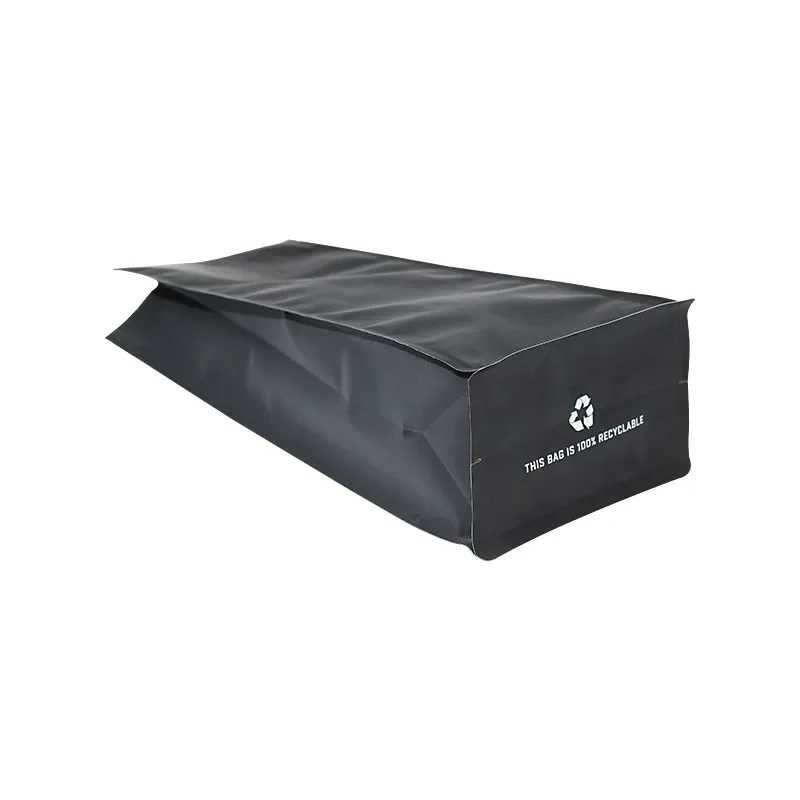- Afrikaans
- Albanian
- Amharic
- Arabic
- Armenian
- Azerbaijani
- Basque
- Belarusian
- Bengali
- Bosnian
- Bulgarian
- Catalan
- Cebuano
- chinese_simplified
- chinese_traditional
- Corsican
- Croatian
- Czech
- Danish
- Dutch
- English
- Esperanto
- Estonian
- Finnish
- French
- Frisian
- Galician
- Georgian
- German
- Greek
- Gujarati
- haitian_creole
- hausa
- hawaiian
- Hebrew
- Hindi
- Miao
- Hungarian
- Icelandic
- igbo
- Indonesian
- irish
- Italian
- Japanese
- Javanese
- Kannada
- kazakh
- Khmer
- Rwandese
- Korean
- Kurdish
- Kyrgyz
- Lao
- Latin
- Latvian
- Lithuanian
- Luxembourgish
- Macedonian
- Malgashi
- Malay
- Malayalam
- Maltese
- Maori
- Marathi
- Mongolian
- Myanmar
- Nepali
- Norwegian
- Norwegian
- Occitan
- Pashto
- Persian
- Polish
- Portuguese
- Punjabi
- Romanian
- Russian
- Samoan
- scottish-gaelic
- Serbian
- Sesotho
- Shona
- Sindhi
- Sinhala
- Slovak
- Slovenian
- Somali
- Spanish
- Sundanese
- Swahili
- Swedish
- Tagalog
- Tajik
- Tamil
- Tatar
- Telugu
- Thai
- Turkish
- Turkmen
- Ukrainian
- Urdu
- Uighur
- Uzbek
- Vietnamese
- Welsh
- Bantu
- Yiddish
- Yoruba
- Zulu
Exploring the Versatility and Uses of Canvas Textile Materials
Exploring the Versatility of Canvas Textile Material
Canvas textile material has etched its mark as a staple in various industries, renowned for its durability, versatility, and distinctive aesthetic. Whether it’s used in art, fashion, or home decor, canvas stands out due to its unique properties and functional benefits.
Canvas is primarily made from cotton or linen, though modern variations also include synthetic fibers like polyester. This blend of natural and synthetic materials offers a robust fabric that can withstand wear and tear, making it ideal for numerous applications. One of the most notable features of canvas is its sturdiness; the tightly woven fibers provide a resilient structure that is resistant to fraying, tearing, and fading. This makes it a favored choice among artists, who often use it as a medium for painting.
Exploring the Versatility of Canvas Textile Material
Beyond the art world, canvas is extensively utilized in fashion. Designers often embrace its rugged yet chic appeal, employing it to create bags, shoes, and other wearable items. Canvas bags have gained immense popularity, prized for their sustainability and practicality. They often feature bold prints and colors, allowing individuals to express their personal style while making eco-conscious choices. When treated for water resistance, canvas bags can withstand the elements, making them suitable for outdoor activities and everyday use.
canvas textile material

In addition to art and fashion, canvas is an excellent material for home decor. From wall hangings to upholstery, canvas can elevate the aesthetic of any space. Its ability to be printed on and dyed opens the door to a vast array of design possibilities, making it suitable for contemporary and traditional settings alike. Homeowners can find canvas used in curtains, throw pillows, and even canvas art prints that create focal points in living rooms and bedrooms.
Moreover, canvas is not limited to aesthetic applications. Its utility extends to outdoor gear, such as tents and tarpaulins, which benefit from the material’s durability and weatherproof characteristics. Manufacturers have recognized that using canvas in products that require strength and longevity fosters a balance between practicality and style.
The rise of eco-consciousness has also propelled canvas into the spotlight. As consumers become increasingly aware of their environmental impact, they are gravitating toward sustainable materials. Canvas, particularly when sourced from organic cotton or recycled fibers, offers a responsible choice compared to synthetic alternatives. This shift is evident in the resurgence of canvas in various markets, where its biodegradable nature provides a sustainable edge.
In conclusion, canvas textile material is a multifaceted fabric that has proven its worth across different fields. From providing a reliable surface for artists to crafting durable fashion items and enhancing home decor, canvas continues to inspire creativity and innovation. Its unique blend of durability, versatility, and aesthetic appeal ensures that canvas will remain a cherished textile for generations to come. As the demand for sustainable materials grows, canvas is poised to evolve further, contributing to a greener future while maintaining its classic charm and functionality.













